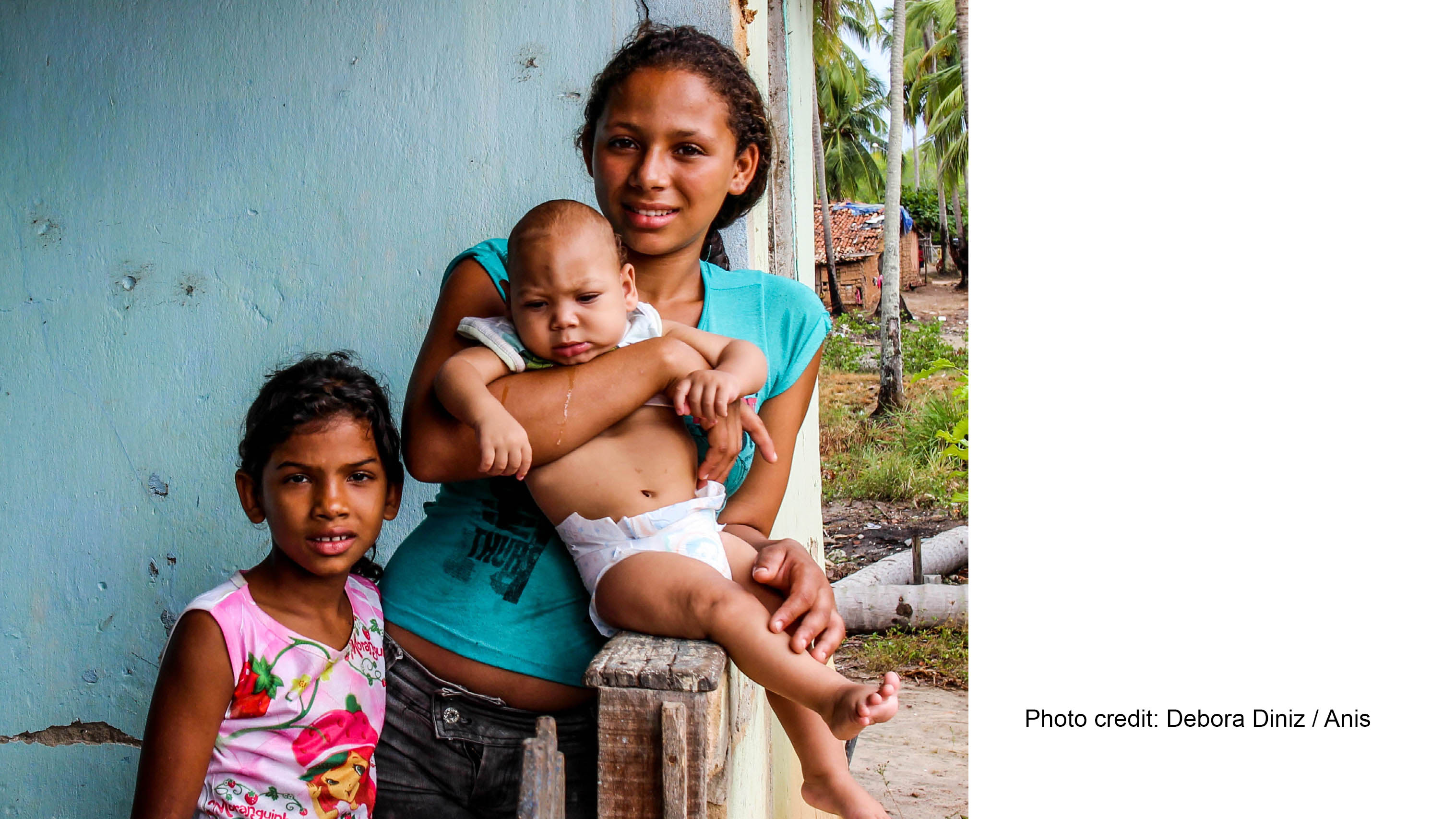
12 Jun New AIGHD report highlights the importance of social sciences in combating infectious diseases
Social science offers a new way of looking at responses to infectious disease outbreaks, according to a recent report led by AIGHD.
The report Towards People-Centred Epidemic Preparedness & Response: From Knowledge To Action, was produced as part of the GAPS project and seeks to improve our preparedness for epidemic outbreaks by helping funders to invest more in a social science approach.
The report will assist in the development the funding agenda for social sciences in epidemic preparedness.
Assoc. prof. Danny de Vries, Anthropologist and Senior Researcher at AIGHD, co-authored the report together with Kevin Bardosh from the University of Washington.
Historically, the social sciences have occupied a relatively small part of the epidemic studies over the past century. After the West African Ebola outbreak, it became clear that investment in this area is crucial to combatting infectious disease outbreaks.
Anthropological investments, which is one part of the social sciences approach, were less than 0.03 percent of the overall $10 billion response during the West African Ebola epidemic.
“Some progress is being made, like the newly funded SoNAR-Global project in which AIGHD participates, but overall the social sciences have remained neglected and that needs to change,” said de Vries. “We now understand that the complex nature of disease outbreaks requires responses that incorporate social, political, cultural and economic factors as cornerstones of the response strategies. Hopefully, this report will help increase the understanding of the importance of the social sciences during future outbreaks.”
The new report articulates how global health funders, as well as multilateral agencies, governments, public health institutes and universities, can improve global, regional and national level epidemic preparedness and response systems. Specifically, they suggest this could be achieved through investment in social science capacity, infrastructure, tools and durable health and management systems.
